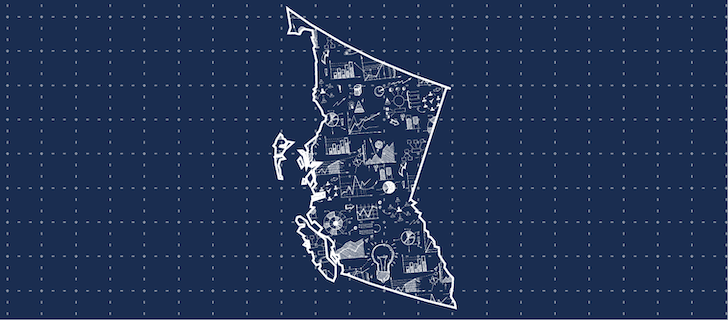Annual Reports
Current Annual Report
Our 2024 Annual Report provides an overview of Technical Safety BC's performance and demonstrates how our Strategy and Business Plan are helping to equip our organization with the resiliency and agility required to support a robust safety system in changing social, environmental, and economic conditions.

Related Information
About us
Our Strategy
Our model of the BC Safety System describes how people influence the safety of technical equipment throughout its lifecycle.
Learn MoreTechnical Safety BC
Our Environmental, Social and Governance Commitment
An overview of our priorities to help improve the safety system by creating a more inclusive, equitable, and sustainable future.
Learn More
